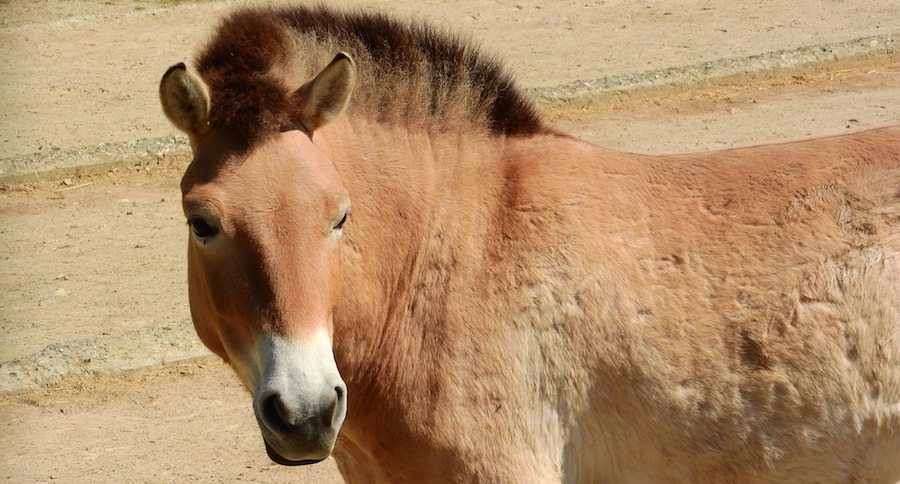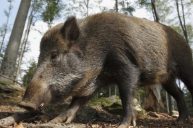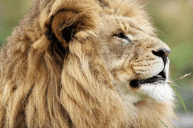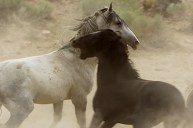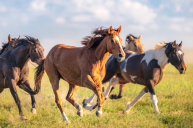A new study turned equestrian knowledge on its head.
For many years the Przewalski's horses were hailed as the last remaining truly wild horses in the world. But a new study recently proved that the breed is no more wild than the American Mustang.
The genetic study, published in the journal "Science," found that the Mongolian breed is actually descended from horses that were domesticated about 5,500 years ago. Like the Mustang in North America, it has since gone feral.
Perhaps even more interestingly, the modern domesticated horse cannot be traced back to these horses, which means that in the history of humanity, horses must have been tamed more than once.
Robin Bendrey, an archaeologist at the University of Edinburgh who has studied the domestication of horses, but was not part of the research team, finds this new information incredibly exciting.
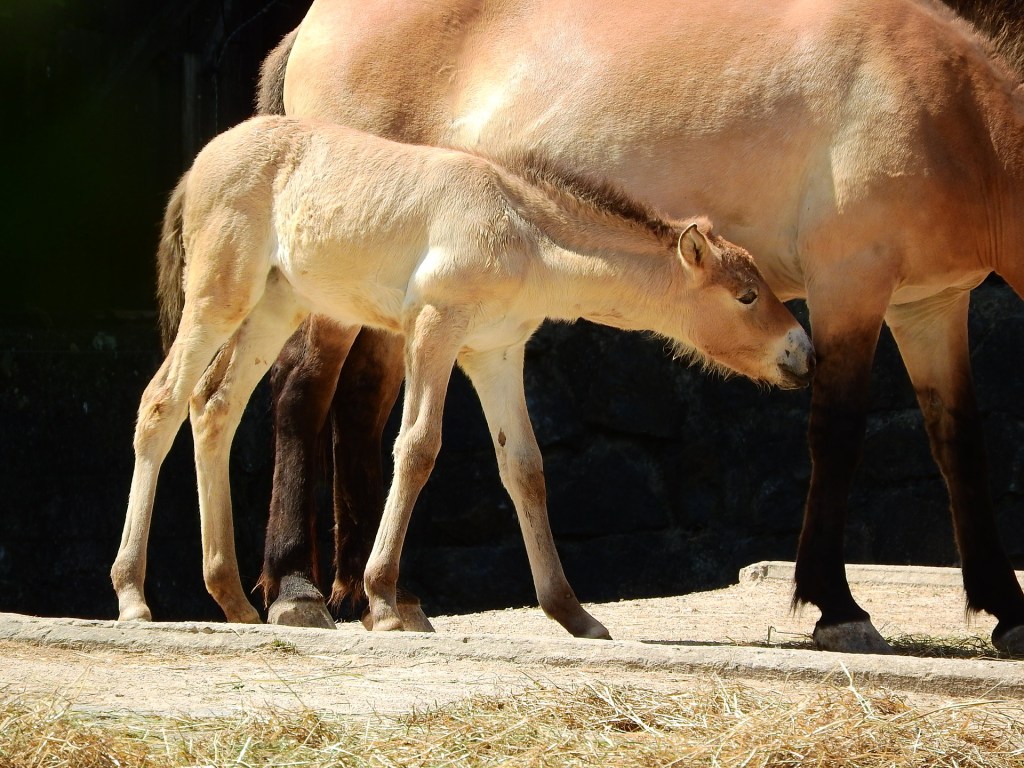
"It's huge," he said in an interview with NPR. "It changes fundamentally how we think about this. This kind of game-changing research is very rare."
Ludovic Orlando, of University of Toulouse in France, was one of the researchers in the study, which aimed to trace how the ancient horse evolved after domestication.
He and his colleagues analyzed DNA from 88 ancient and modern horses, including 20 horses from the Botai settlements in northern Kazakhstan — the location where archeologists had previously discovered the earliest evidence of humans living with tame horses.
Researchers logically assumed that the Botai horses would be the ancestors of modern domesticated horses, but that is not what they found at all.
"Instead, we found that they are the ancestors of what we call today the 'wild horses,' " Orlando said.
Przewalski's horses, that is.

It seems that the Botai culture's use of horses ended at some point, and it is their now-feral descendants that roam the land under the guise of being wild.
Orlando said:
"The first time we saw this result, none of us could believe it. It was that surprising — this is like turning upside [down] all the theories. We spent a full year trying to kill the evidence we see, and we are very confident that the evidence we see is extremely robust."
Although the first known evidence of horse domestication was seen in the Botai culture, archeologists have long wondered about a 1,000-year gap after that before horses began showing up regularly in the archaeological record.
"This research helps explain something that's troubled people for a while," Bendrey said.
It makes a lot more sense if horses were first domesticated by the Botai, and again later somewhere else.
According to Sandra Olsen, an archaeologist at the University of Kansas, who has worked in Botai villages, scientists are now trying to figure out exactly where and when that second domestication happened.
"We scientists are a bit sad because we feel that a bit of biodiversity has been lost, in that there are no more wild horses," Olsen said. "But the reality is, they disappeared some time ago."
Do you believe this surprising new research about domestic horses? Share your thoughts below.
WATCH NOW: 10 Most Popular Horse Breeds in the World
